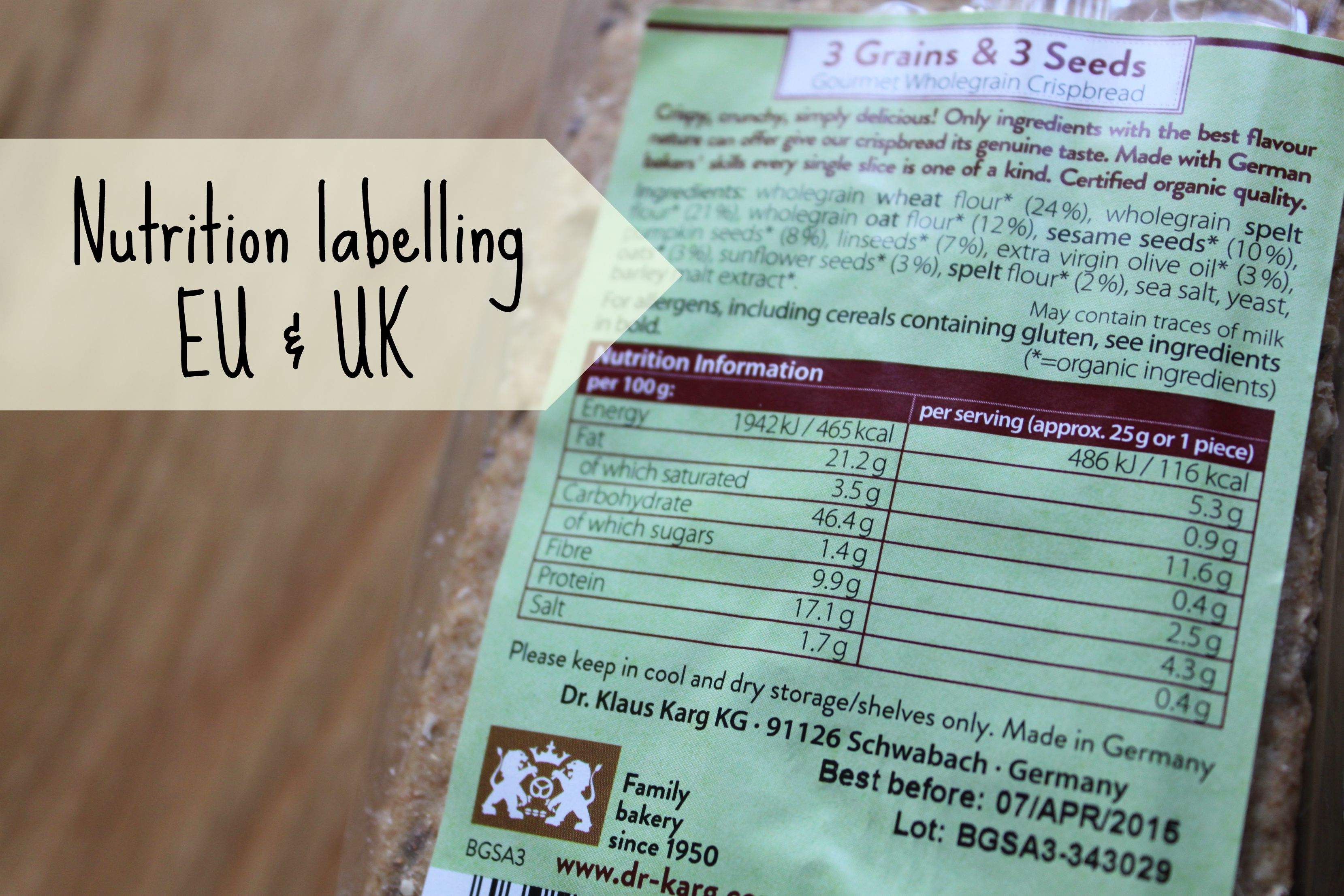Decoding Food Labels: What You Need to Know
Understanding food labels helps make informed dietary choices by revealing nutritional content, ingredients, and health claims.

Understanding the Basics of Food Labels
When you pick up a product from the grocery shelf, the first thing that often catches your eye is the food label. Understanding these labels is crucial for making informed choices about what you eat. Food labels provide a wealth of information, including the product's nutritional value, ingredients, and any additives used. This information can help you compare products and choose those that best meet your dietary needs. Nutritional facts, such as calorie count, fat content, and sugar levels, are typically displayed prominently. However, it's important to delve deeper into the ingredients list to identify potential allergens or additives. Many consumers overlook this aspect, but knowing how to read these labels effectively can significantly impact your health and dietary goals.
Deciphering Nutritional Information
The nutritional information section of a food label is a critical component that can guide your dietary decisions. This section usually includes details about serving size, calories, and nutrient quantities such as fats, carbohydrates, and proteins. Serving size is particularly important, as it can influence how much of each nutrient you're actually consuming. For instance, a product might appear low in calories, but if the serving size is small, you could easily consume more than intended. Percent Daily Values (%DV) are also listed, offering a reference point based on a typical daily diet. However, individual needs can vary, so it's essential to consider your personal health goals and dietary restrictions when assessing these values. By paying close attention to this section, you can better manage your intake of specific nutrients.
The Importance of Ingredient Lists
While the nutritional facts provide an overview of the product's health impact, the ingredient list reveals what goes into making it. Ingredients are usually listed in order of predominance, with the most abundant component first. This can help you identify the primary components of the food. If you're trying to avoid certain ingredients, such as artificial preservatives or high-fructose corn syrup, this list is invaluable. Additionally, understanding the scientific names for common additives can help you spot them more easily. For example, ascorbic acid is simply vitamin C, while sodium bicarbonate is baking soda. For those with allergies or dietary restrictions, the ingredient list is essential for identifying potential allergens like nuts, soy, or gluten. By thoroughly examining the ingredient list, you can make healthier and more informed choices.
Claims and Certifications: What Do They Mean?
Food labels often feature various claims and certifications, which can be both helpful and misleading. Terms like "organic," "non-GMO," and "gluten-free" are commonly found on packaging, but what do they really mean? Organic products are those grown without synthetic fertilizers or pesticides, while "non-GMO" indicates that the product does not contain genetically modified organisms. However, it's important to verify these claims by looking for certification symbols from reputable organizations. These certifications ensure that the claims meet specific standards. On the other hand, terms like "natural" are less regulated and can be used more liberally, so it's essential to approach them with caution. Understanding these claims can aid in selecting products that align with your health and ethical values.
Making Informed Choices
Decoding food labels can seem daunting, but with practice, it becomes an invaluable skill in making healthier food choices. Start by familiarizing yourself with the key components of the label, such as the nutritional facts, ingredient list, and any claims or certifications. This knowledge will empower you to choose products that better align with your dietary goals and health needs. For instance, if you're aiming to reduce sugar intake, you can compare the sugar content across similar products. Additionally, being aware of serving sizes can prevent overconsumption. By taking the time to understand and utilize food labels, you can take control of your diet, ensuring it supports a healthier lifestyle. Remember, informed choices lead to better health outcomes.